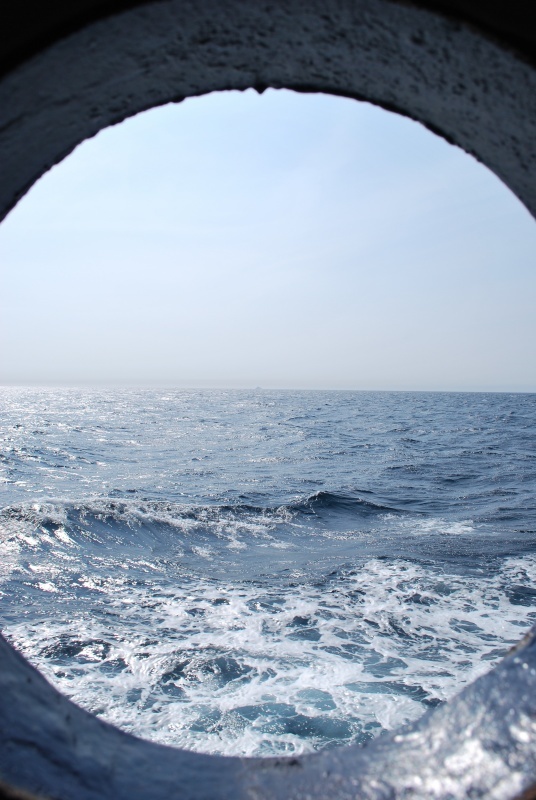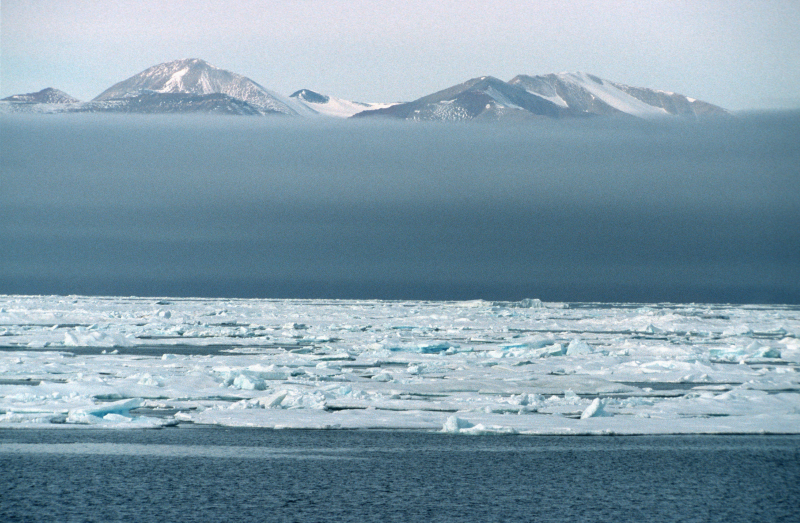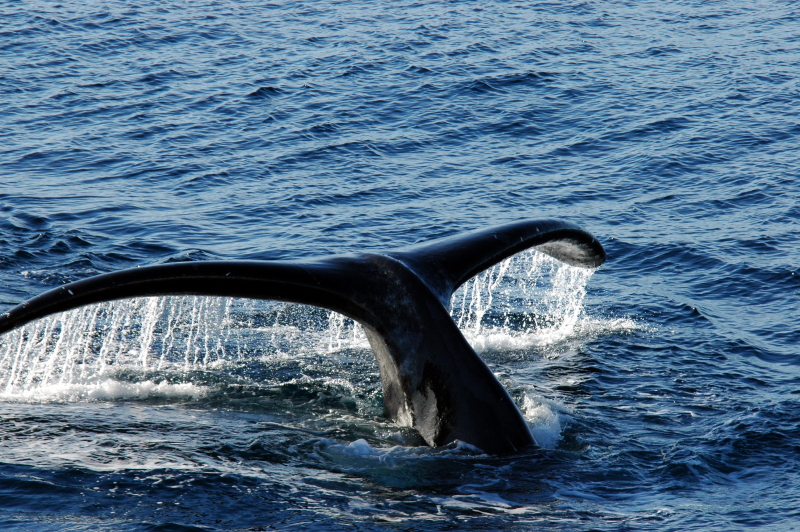First steps for sustainable shipping through the Northwest Passage
For hundreds of years, the Arctic has been largely unaffected by the changes in more temperate parts of the world, but that is no longer the case. Recently, a ship owned by Fednav, a leading Canadian Arctic shipping company, transited the Northwest Passage, once considered an impossible task. This journey could mark the beginning of an increase in conflict between nature, communities and development.
Experts agree that mining activity is by far the biggest driver of shipping in the Canadian Arctic – so more mining in the region will likely lead to more shipping. For example, the Baffinland Mary River Iron Ore mine, when fully functioning, will eventually significantly increase the number of ships transiting the Hudson Strait. Projections for shipping associated with mining don’t paint a dramatic picture; shipping will most likely increase slowly and steadily over the next 10 years.
A cautious approach is certainly warranted. The Arctic remains a challenging environment – the days of Franklin and his expedition to the Canadian Arctic are long gone but the hazards remain. Even with significant melting through the Northwest Passage, complex conditions persist with bergy bits and icebergs, rapidly changing ice conditions, fog, cold weather, lack of daylight, and clogged and hard to transit channels. Top this off with just 10% of marine waters charted to modern standards, and you have hazards only a trained and experienced navigator can – and should – manage.
© Lee NARRAWAY / WWF-Canada
Proper management is essential, not only for the environment but also for the people of the north. The Canadian Arctic is home to more than 100,000 people, living and thriving throughout the year. In Nunavut, alone there are 25 communities. The land and sea are integral to the way of life in the north, especially to Inuit who hunt and depend on the ‘sea as their grocery store’.
Managing these unique and challenging factors sustainably is a tall order. One thing is certain: it will require leadership. WWF has been encouraging this type of leadership from none other than Fednav, our partner. Which has made their transit through the Northwest Passage – a journey possible because of warming due to climate change – an important opportunity to set a high bar for safe and sustainable Arctic shipping.
During the planning stages of the voyage, Fednav reached out to WWF for advice on how to minimize their impacts on the environment during the transit. With WWF’s input, Fednav committed to take into account ecologically and biologically significant areas, agree to follow Environment Canada’s seabird impact protocols, and to consult a set of whale migration route maps on the bridge to inform the day-to-day operation and route decisions for the ship.
We hope that these preliminary commitments and measures can lead to a broader understanding of what it takes to operate sustainably in the Arctic. The goal is ultimately to fully embed this sustainable approach into all Fednav’s operations, and that this leadership will set a high bar for all development in the Arctic.
The recent Fednav transit was not only a first for the delivery of Arctic cargo through the entire length of the Northwest Passage, but also for ship voyage planning that considers key habitats and sensitive areas. It’s early days for Fednav and this type of ocean use planning, but the precedent has been set.




